What does Green Pond Water mean?
Green water in ponds can be beneficial to fisheries management, but also potentially harmful depending on what is causing the green coloration and how dense the green color is.
The organism that is creating the green appearance is called phytoplankton (or algae). Phytoplankton are microscopic, photosynthetic organisms that are a main producer of oxygen production in lakes and ponds. They are the base of the food chain in aquatic ecosystems and are food for zooplankton– which are what small and juvenile fish consume. The more phytoplankton available in a lake or pond, the greater the fish biomass a pond can support. This is especially important in managing fisheries because by pushing the population limits of your pond, you can help accelerate the growth of your fish. The combination of low amounts of aquatic vegetation, sufficient alkalinity, and the amount of nutrients in your lake or pond determines how well phytoplankton can grow.
But, there are some potential, underlying issues with these organisms that make them very tedious to manage. At nighttime, phytoplankton go through respiration (like other photosynthetic organisms) and consume oxygen during this time. If there is excessive phytoplankton growth in a pond or lake with no aeration– especially in the summer– this can create stressful/harmful conditions for fish. Also in the summer months, if there is a large rain event or cold front and a pond has a strong algae bloom occurring without aeration, the phytoplankton can die-off suddenly reducing oxygen and cause a fish kill. On top of that, if high levels of nutrients are running off or being added excessively, harmful algal blooms can occur which may release toxins into the water that can pose a risk to fish, humans, and animals.
With all of this taken into account, the green water (phytoplankton) in lakes and ponds needs to be monitored and managed to maximize the production of the fishery, without causing harm to the ecosystem in the process. AES can help guide you towards meeting the necessary water quality to obtain your fishery goals. Using a secchi disk (water visibility tool), AES is able to monitor how dense phytoplankton is, aiming to maintain a 24-36” visibility level is our goal. Blooms that allow for less than 24” of visibility pose risks to oxygen levels, and increase the chances for harmful algal blooms. It is recommended that lake or pond owners implementing a fertilization program have a secchi disk on-hand to constantly assess plankton densities in order to add or reduce fertilizer usage. AES can also take water samples to identify nutrient levels, plankton species/densities, alkalinity, and other parameters to monitor current water quality and if management needs to be implemented. Management services may include liming to boost alkalinity, fertilizing to promote healthy phytoplankton growth, treating harmful algal blooms, installing aeration to prevent fish kills, and more. Give us a call today to see how we can help manage your lake or pond’s water quality to meet your private water fishery needs.
